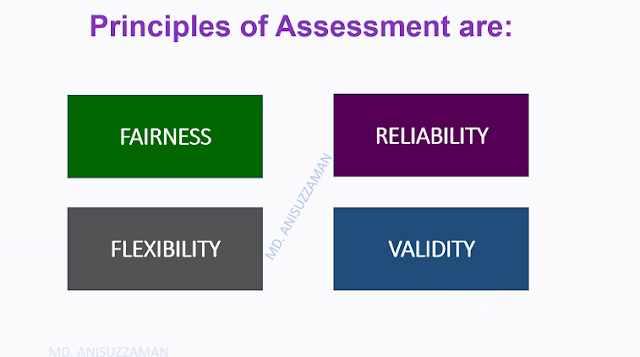Social Signal Backlink Section 4.1: Social Profile is Created What is a social profile? a) A personal financial record b) A representation of a user on social media platforms c) A list of goals and objectives d) A collection of academic records Answer: b Which of the following is NOT a component of creating a social profile? a) Choosing a username b) Adding a profile picture c) Configuring privacy settings d) Creating a financial budget Answer: d What is the primary purpose of a social profile? a) To manage finances b) To connect and interact with others online c) To perform market analysis d) To identify purchase behavior Answer: b Which social media platform primarily focuses on professional networking? a) Instagram b) LinkedIn c) TikTok d) Pinterest Answer: b What is typically the first step in creating a social profile? a) Uploading posts b) Signing up and registering an account c) Writing a blog d) Analyzing competitor profiles Answer: b A strong social profile should i...
- Get link
- X
- Other Apps


Comments
Post a Comment